NOTE: This outlet reiterates its condemnation of anti-Semitism in all its forms. However, this condemnation does not include restricting all speech expressing that hatred. We never condone using speech to incite violence against anyone, which is precisely the legal issue at the heart of Connecticut v Paul Boyne. Did Boyne’s expression of hatred cross the boundary into inciting violence against individual Connecticut Family Court Judges? Does the prosecution itself create a chilling effect on speech, press freedoms, and expression of political opinion? Stay tuned for answers.
By Richard Luthmann
Paul Boyne, the jailed blogger facing multiple stalking charges, now claims that former Connecticut Supreme Court Justice Joette Katz is secretly orchestrating his prosecution. Boyne, known for his controversial blog TheFamilyCourtCircus.com, alleges that Katz, a noted Jewish-American jurist and former Commissioner of the Department of Children and Families (DCF), has been actively involved in leading the investigation against him.
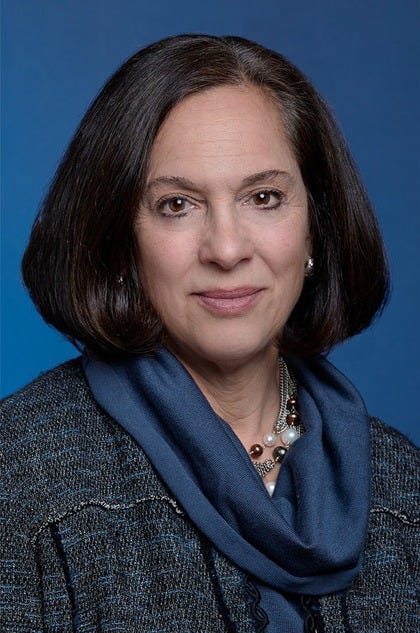
Boyne accuses former Justice Katz of using the legal system to silence him for his harsh criticisms of the judiciary, which most deem anti-Semitic.
During the latest episode of The Unknown Podcast, featuring investigative journalists Michael Volpe and Richard Luthmann, Luthmann revealed that Boyne provided details that link Katz to his ongoing legal battles. Boyne believes his prosecution is a politically motivated effort to suppress his speech, which he insists is protected under the First Amendment.
Volpe and Luthmann have had numerous jailhouse interviews with Boyne, and Volpe receives direct electronic messages from Boyne through a prisoner electronic mail system monitored by the Connecticut authorities.
Justice Katz has publicly denounced Boyne’s blog posts as hate speech, crossing the line into threats and incitement.
“She’s Running the Investigation”
Luthmann recounted a recent Boyne statement on the podcast: “He says Joette Katz is behind this. She’s running the investigation, and Boyne says he has the proof.”
According to Boyne, he has obtained discovery materials, including emails and handwritten notes from investigators, that mention Justice Katz by name, implicating her in the decision-making process surrounding his prosecution.
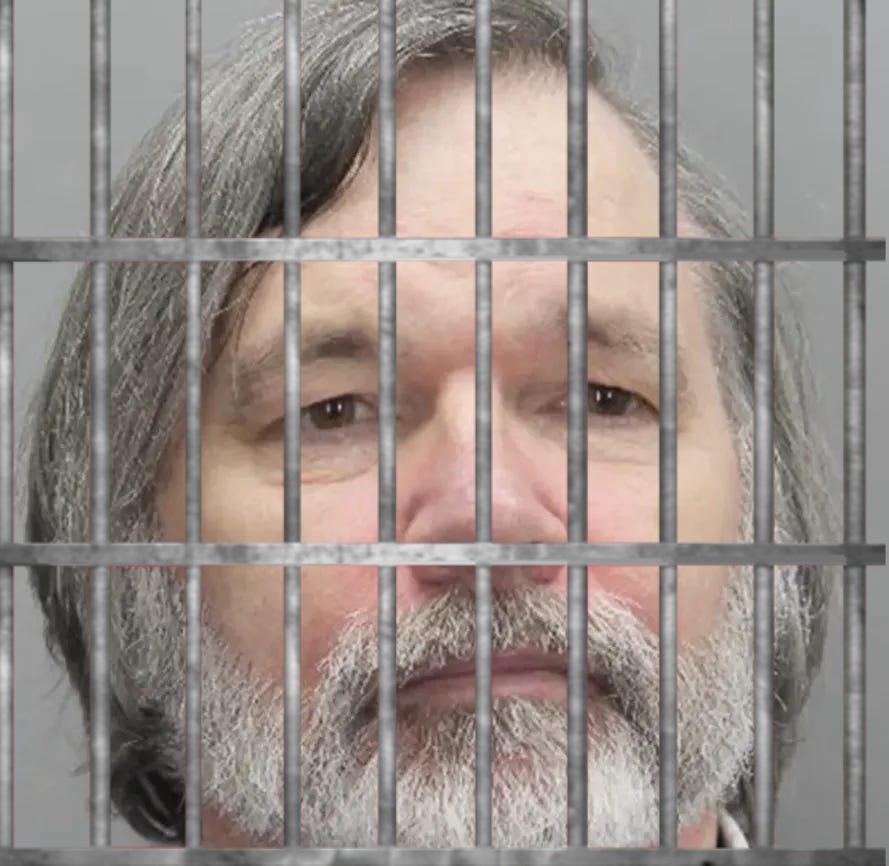
“There’s an email from April 19, 2022, that shows Joette Katz was directly involved, or so Boyne says,” Luthmann said.
“They’ve been coordinating with her throughout this case. This isn’t just a routine prosecution; this is a politically motivated attack on my speech,” Boyne previously stated in a jailhouse call.
Boyne's blog has long criticized Connecticut family court judges, alleging misconduct and corruption. Some of his posts, which included personal information about the judges, have been interpreted by the state as "true threats" rather than protected speech.
Boyne, however, disputes this, arguing that his harsh language does not meet the legal definition of a threat.
We emailed former Justice Katz at her law offices at Shipman & Goodman LLP. As it is Rosh Hashana, the Jewish New Year, we do not expect any response until next week, which we will report. Here is a copy of the email:
From: Richard Luthmann <richard.luthmann@protonmail.com>
Date: On Thursday, October 3rd, 2024 at 2:58 PM
Subject: Allegations of connection to Paul Boyne prosecution
To: jkatz@goodwin.com <jkatz@goodwin.com>
CC: Michael Volpe <mvolpe998@gmail.com>, emahony@courant.com <emahony@courant.com>
Judge Katz,I recognize that it is the Jewish New Year. L'Shana Tova. I do not expect a response to this email until next week.
I am an investigative reporter who covers, among other things, the family courts. I have had several conversations with Paul Boyne concerning his unprecedented case.
Earlier today, my podcast mate, investigative reporter Michael Volpe published this week's THE UNKNOWN PODCAST where I broke specifics about Mr. Boyne's allegations of your direct involvement in his case. He claims he has an email dated April 19, 2022, part of his discovery, that references you. The email, he says, includes Samatha McCord, Brian Staines, Yuri Min, Carl Cicchetti, and others. Relevant to you it says, in sum and substance according to Mr. Boyne - "Katz Speak To Only."
Mr. Boyne believes a great many things, and you have gone on record about some things that you believe some of those things are harmful and some of his speech is criminal.
I wanted to go on record to ask you emphatically about your involvement with the Paul Boyne case:
Have you had any direct involvement in the investigation or prosecution of Paul Boyne?
Were you consulted by the Connecticut State Attorney’s office or law enforcement regarding Boyne's case?
Can you confirm or deny that your name appears in discovery materials related to the Boyne investigation?
Are you aware of any discussions or communications where your advice or input was sought in relation to Paul Boyne’s prosecution?
Do you believe that Paul Boyne’s blog posts, which have been characterized as anti-Semitic, are protected under the First Amendment?
Have you publicly or privately advocated for using the criminal justice system to combat anti-Semitism, even at the expense of First Amendment protections?
Did you ever speak to investigators or prosecutors regarding Boyne’s blog, TheFamilyCourtCircus.com?
What role, if any, did you play in influencing the decision to prosecute Paul Boyne for his online speech?
How do you reconcile the tension between fighting hate speech and upholding constitutional free speech protections?
Are you aware of any specific threats Paul Boyne allegedly made that would justify the charges against him as "true threats"?
Were you involved in discussions about avoiding a trial where Boyne could potentially cross-examine judges involved in his case?
Have you had any communication with Boyne’s prosecutors, including emails, phone calls, or meetings, about the case?
Have you ever publicly or privately commented on Paul Boyne's case, either before or after it became a legal matter?
Did you have any role in advising or consulting on the decision to delay the trial with a competency claim?
Do you believe the state’s prosecution of Boyne is politically motivated, as he alleges?
Do you support the use of legal tactics such as competency claims to delay or influence the outcome of a trial?
How do you respond to accusations that you are “spearheading” the prosecution against Paul Boyne?
What steps, if any, have you taken to address the claims made by Boyne regarding your alleged involvement in his case?
Do you believe Paul Boyne’s case has broader implications for free speech and judicial criticism in Connecticut?
Would you be willing to testify or provide a statement about your involvement or lack thereof in the Paul Boyne case?
Thank you in advance for your time and consideration.
Regards,
Richard Luthmann
Writer, Journalist, and Commentator
The CT Justice Joette Katz Connection: Anti-Semitism and the Law
Now in private law practice, retired Justice Katz is a prominent figure in Connecticut’s legal community and one of the foremost voices in America’s Jewish legal community. In addition to her judicial tenure, she has participated in public discussions about combating anti-Semitism and other forms of hate.
During a 2022 Anti-Defamation League (ADL) sponsored symposium, Boyne insists Justice Katz suggested that the criminal law could be used to suppress hate speech, even when direct convictions are not possible.
“She spoke at a panel about using the law to shut people up,” Boyne said from jail. “She acknowledged that even when you can’t secure a conviction, you can use the law to harass people into silence.”
This is more than a theoretical discussion for Boyne—it’s personal. His blog has been labeled as promoting anti-Semitic rhetoric, which he denies, claiming his criticisms are aimed at exposing the corrupt truth of the Connecticut judicial system.
However, Katz has publicly written about blogs like Boyne’s, describing them as dangerous and beyond free speech protections.
In a January 2022 article for the Connecticut Law Tribune, where she co-chairs the Editorial Board, Katz wrote: Ugly and Threatening Rhetoric Aimed at Connecticut's Judiciary: When is Enough Enough? Katz referenced a blog Boyne says is his, though she did not mention it by name. However, it is abundantly clear that Katz took to the keyboard to denounce Boyne’s words:
In the recent past, the blog has provided home addresses of judges, encouraged its readers to drive by and "honk long and loud" in one instance, and shoot at the home of another, or if "flying over in your F35 jet, drop a few smart bombs." To another colleague, the blog warns that if the Judge "won't protect the children, then death to her as well! Have lots of long guns and .308 ball ammunition to fend off her flying monkeys! Shotgun in one arm, AR15 in the other, death to our so called judicial system! If vigilante justice is required, give [her] the mountain justice she deserves. . . If the courts won't protect, then it is up to the people to administer justice! New ammo is made everyday! Vigilante justice!"
In the article, Katz expressed confidence that Boyne’s blog’s “violent and offensive language” crossed the line into actionable threats.
[T]he blog has gone from vile, disgusting anti-Semitic, anti-gay, anti-Black rants to actual threats of violence and death. Hate speech and other offensive language is protected by the First Amendment, which allows groups such as Westboro Baptist Church, the KKK, and QAnon to promote hatred against otherwise protected groups. There are, however, some limits to "Freedom of Speech." And while I know that it's not always easy to draw the line between a true threat and a statement that's simply alarming because of its violent and offensive language, I feel confident in stating that the threats made in the blog cross the line and are dangerous.
Katz further used January 6, 2021, to justify her legal opinion that Boyne’s violent and offensive language crossed the line into dangerous, criminalized speech.
We have all seen the role of threats and the violent nature and susceptibility of individuals that led to the January 6, 2021 attack on the Capitol. There were those who engaged, but there were also those who encouraged. There were those who rioted, those operatives who organized the event itself, and those who heard the call. Many already face conspiracy charges in relation to the riot, and the investigations continue regarding those who may not have been actually physically involved in the violence, but were in contact with or incited those who were.
Volpe noted, “Joette Katz believes what Boyne is doing isn’t protected speech, and she’s made that clear in public forums.”
What is Connecticut’s ‘True Threat’ Jurisprudence?
At the ADL’s 2022 Never Is Now session, former Justice Katz took a firm stance on the line between protected speech and criminal behavior, particularly when addressing hate speech and targeted harassment. Justice Katz spoke candidly about the challenges the legal system faces when dealing with modern hate speech, especially in the context of blogs and online platforms, where anonymous individuals can provoke, harass, and incite violence with relative ease.
During the discussion, Justice Katz referenced a blogger (Boyne) who had repeatedly targeted her and other Connecticut judges, posting inflammatory content, including their home addresses, and encouraging hostile actions. Katz shared that while the First Amendment often protects offensive speech, the law must step in when such speech crosses into threats or incitement to violence.
"It's not just about people saying things we don't like. It’s when they say things that provoke real fear and lead to real harm," Katz emphasized.
She explained that when speech advocates violence or puts specific individuals at risk, it is no longer protected by the First Amendment.
Justice Katz views the WW2-era SCOTUS case Chaplinsky v. New Hampshire as foundational in understanding the limits of the First Amendment, particularly regarding "true threats." Katz highlights that Chaplinsky set a critical precedent by determining that certain forms of speech, particularly "fighting words" likely to incite violence, do not receive constitutional protection.
She emphasizes that this case is central to true threat jurisprudence, as it established the principle that speech intended to provoke immediate harm or disrupt public order falls outside the boundaries of protected free expression. For Justice Katz, Chaplinsky illustrates how courts can draw the line between free speech and criminal behavior, reinforcing the importance of context in determining whether speech poses a legitimate threat to public safety.
“At a certain point, it stops being about free speech and becomes about real threats to personal safety,” she stated.
The jurist provided a framework for understanding how courts determine what constitutes a true threat, noting that context is critical.
“It’s about the reasonable perception of the person targeted,” she said. "Would a reasonable person, given all the facts, believe that this statement is a serious expression of an intent to commit violence?"
Justice Katz also touched on the emotional toll of such threats on public officials like herself. She shared that while criticism comes with the territory, direct threats against her and her colleagues marked a dangerous escalation.
"We’re public figures, and criticism comes with the job. But when you’re telling people where we live and encouraging harm, that’s a different story," she remarked, clarifying that such speech cannot be tolerated under the guise of free expression.
Katz also warned about the dangerous potential for hate speech to evolve into physical harm, particularly when fueled by the anonymity of the Internet. She called for legal reforms that balance free speech with the need to protect individuals from targeted harassment and violence.
"We must safeguard free speech, but we also have an obligation to protect people from real threats that compromise their safety," she concluded.
Justice Katz is not alone. In a joint statement and opinion piece by former Chief Justice Richard A. Robinson and former Connecticut House Speaker Joe Aresimowicz (both then-serving officials), published at CTPost.com in March 2019, the two leaders strongly condemned TheFamilyCourtCircus.com. They called it “a hate-filled blog” for targeting various public figures, including judges, legislators, and others involved in Connecticut’s family court system. They described Boyne’s blog as “racist, misogynistic, homophobic, and anti-Semitic,” spewing vitriol without regard for race, ethnicity, sexual orientation, or religion.
The blog’s attacks included deeply offensive and violent language aimed at specific individuals, “often promoting harmful stereotypes and even inciting violence,” they said.
Aresimowicz and Robinson pointed to posts where Boyne referred to Chief Justice Robinson in racist and anti-Semitic terms and suggested that the Second Amendment could be “a remedy” for the Connecticut Family Court system, illustrating the dangerous rhetoric used.
Despite the blog’s attempts to intimidate, Robinson and Aresimowicz emphasized that it only strengthened their resolve to continue their work to improve Connecticut’s family court system.
“We will not let this heinous blog stop us from engaging in a civil, public discourse on the important matters before us,” they wrote, underscoring the importance of rejecting hate speech and continuing the collaborative efforts of the Judicial Branch and Legislature to improve the court’s responsiveness.
Joette Katz’s statements at the ADL's Never Is Now event echoed those of Robinson and Aresimowicz, other high-ranking public officials. All three emphasized the limits of the First Amendment when it comes to hate speech, especially speech intended to incite violence or threaten public officials.
The Devil’s Advocate: Can Chaplinsky Stand Today?
If - and that’s a big if - Justice Katz is “behind” the Paul Boyne prosecution as he alleges, it may become relevant what the retired High Court jurist and former DCF Commissioner believes about the First Amendment and what constitutes a “true threat?”
Unless “stone-cold” evidence of Justice Katz’s improper participation is uncovered, no reasonable person would not afford this decorated jurist the benefit of every doubt.
However, the values enshrined in the First Amendment are more important than any one person. So, as an intellectual exercise, we will play Devil’s Advocate for Paul Boyne.
When asked the question, Justice Katz does not believe that SCOTUS will disturb Chaplinsky v. New Hampshire because “it’s not something they care about.”
However, Justice Katz’s reliance on Chaplinsky as a fundamental case for "true threat" and First Amendment jurisprudence becomes especially controversial in light of the case’s troubling history and implications.
Moreover, Chaplinsky is the intersection of Free Speech, Free Exercise of Religion, and the power of the government to censor and criminalize those activities. Many Americans care deeply about these issues. In the two years since Justice Katz addressed an ADL panel discussion, these issues of censorship have now been pushed into the national debate in the context of a Presidential election.
Chaplinsky is not just a case about “fighting words” or offensive speech; it is emblematic of how exceptions to the First Amendment are often used to suppress the voices of marginalized groups. In the same way that Justice Katz invoked J6 to criminalize “those who encouraged,” any person or group can today be unilaterally labeled by the ruling regime as a “domestic terrorist,” expect to be added to an FBI “watchlist,” and have their civil liberties curtailed.
Hitler’s Gestapo more than “harassed” Jews, gypsies, Jehovah’s Witnesses. But it began with harassment and intimidation. Today, the ruling governmental regime and the FBI are charged with monitoring and intimidating the white supremacist extremist spectrum: the Klu Klux Klan, anti-government extremists, militias, and the entire “Charlottesville” crowd. And maybe that’s a good thing.
But the harassment and intimidation have extended to journalists, pro-life Catholics, parents who don’t want their children reading school-board-sanctioned “pornography,” and scorned family court litigants whose only “crime” is expressing perceived slights by a system that they feel has wronged them. The vast majority of these people go to work, pay their taxes, and deserve due process and equal protection of the laws.
The 1942 SCOTUS ruling allowed the state to punish speech that “by its very utterance inflicts injury or tends to incite an immediate breach of the peace,” a vague and sweeping standard that opened the door to state censorship based on subjective interpretations of offense.
We are a nation at a political breaking point. The mere utterance of political discourse in public places can ignite entire groups into fisticuffs. Add to this power keg the turbo-charged nature of the Internet, which neither the Constitutional Framers nor Chief Justice Stone’s WW2 Supreme Court could have imagined.
The context behind Chaplinsky paints an even darker picture. Walter Chaplinsky, a Jehovah’s Witness, was verbally assaulted and physically attacked by a mob while distributing religious literature in Rochester, New Hampshire. When he asked a police officer for protection, the officer dismissed his request, and Chaplinsky, in frustration, called the officer a “God damned racketeer” and “Fascist.”
These words became the focus of the state’s prosecution, not the mob violence Chaplinsky had faced.
The U.S. Supreme Court upheld his conviction, carving out an exception to the First Amendment for "fighting words"—speech that by its very nature is considered harmful and likely to provoke violence.
This ruling did not exist in a vacuum. As attorney and legal scholar Kenneth P. White notes, the Chaplinsky decision came on the heels of widespread government oppression of Jehovah’s Witnesses. This religious minority faced relentless harassment for refusing to participate in patriotic rituals, like saluting the flag.
Jehovah’s Witnesses were often viewed as unpatriotic and even suspected of being Nazi sympathizers, despite their documented persecution by the Nazis for their refusal to salute Hitler.
In this climate of suspicion and hostility, the Supreme Court’s decision in Chaplinsky was effectively a sanction of state-backed harassment against an already oppressed group.
Justice Katz cites Chaplinsky as a cornerstone case in her view of the "true threat" doctrine, advocating for its use in suppressing hate speech. She argues that anti-Semitic speech, such as that from bloggers like Paul Boyne, is not protected by the First Amendment because it constitutes a threat to public order and safety. She underscored that “the First Amendment is not a shield for those who use speech to incite violence or terrorize others.”
Her position echoes the Chaplinsky ruling, emphasizing that some forms of speech are inherently harmful and unworthy of constitutional protection.
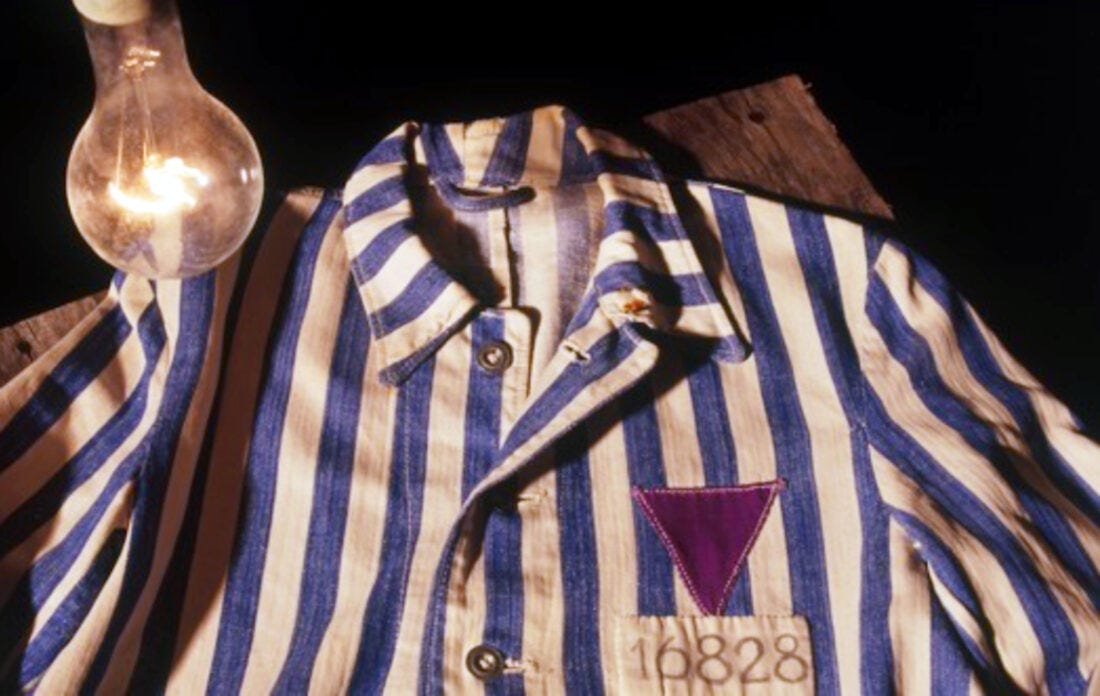
However, Justice Katz’s reliance on Chaplinsky raises questions about her selective use of the case to justify legal actions against speech she finds offensive. The Chaplinsky ruling was rooted in the state’s desire to suppress Jehovah’s Witnesses, a powerless and despised group, using their speech as an excuse to curb their religious activities.
As Ken White points out in his case analysis, “Exceptions to the First Amendment are often built on the backs of the powerless and the despised.”
The Chaplinsky decision allowed the state to criminalize speech that was deemed offensive, even though the true motivation behind the prosecution was religious intolerance and societal disdain for a marginalized group.
In this light, Justice Katz’s advocacy for using the law to combat hate speech while invoking Chaplinsky appears hypocritical. How can Katz champion the suppression of anti-Semitic speech through state power while relying on a case that justified the suppression of a religious minority?
The parallels between the persecution of Jehovah’s Witnesses in the 1940s and the efforts to criminalize speech against Jewish and non-Jewish Judges today reveal a deeper problem: the same legal tools that protect one group’s dignity can be weaponized to silence another’s dissent.
Justice Katz argues that speech becomes criminal when it incites violence or disrupts public order, as articulated in Chaplinsky.
She pointed out that "when speech is meant to intimidate, harass, or provoke violence, it loses its First Amendment protection."
Yet, the Chaplinsky case shows how malleable these definitions can be and how easily they can be applied to silence dissent. As Justice Katz advocates for using the law to curtail anti-Semitism, it is essential to remember that the legal precedents she draws upon were once used to curtail the free speech of the powerless.
This creates a two-tiered system of justice, where the speech's content and the speaker's identity determine whether the state will allow it. For Justice Katz, speech that targets “Jews or other minorities” can and should be suppressed; for the state of New Hampshire in 1942, the religious speech of Jehovah’s Witnesses was seen as equally dangerous.
By relying on Chaplinsky, Justice Katz may unintentionally endorse the same type of content- and speaker-based discrimination that has long been criticized in First Amendment jurisprudence.
Justice Katz’s statements at the ADL conference reflect a genuine concern for the rise of anti-Semitism and the need to protect vulnerable communities. However, her reliance on Chaplinsky as a foundational case for "true threat" jurisprudence illustrates the risks of using legal tools selectively to target speech based on its content.
Justice Katz herself noted, “The law can be a powerful tool to curtail hate, but we must be careful not to wield it in ways that suppress legitimate dissent.”
This caution is particularly relevant when the precedents being invoked were once used to silence marginalized groups. Few will argue that given Paul Boyne’s words, he could easily be labeled a “White Nationalist” or “Domestic Terrorist.” Many believe he is. And that’s just the danger.
Boyne’s case has dragged on for over a year with no trial in sight. He remains in pre-trial detention, awaiting further legal proceedings while his defense team continues to push for a “mental health evaluation,” which Boyne says happened this past Tuesday via Zoom. Listen to him speak on his case. He is competent to stand trial and take a plea under Godinez v. Moran and applicable Connecticut law.
Meanwhile, Boyne insists that his prosecution is a politically motivated attempt to suppress his First Amendment rights.
“This is about free speech,” Boyne concluded. “They don’t like what I’m saying, so they’re trying to lock me up and shut me down.”
As for Katz, Boyne believes she is at the center of the effort to prosecute him, though no formal connection between her and the investigation has been publicly confirmed. “She’s pulling the strings,” Boyne said. “But the truth will come out.”
Boyne’s battle, both in the courtroom and the public arena, is far from over. His case has become a flashpoint in the ongoing debate over the limits of free speech, hate speech, and the reach of the criminal justice system.
Ultimately, the lesson of Chaplinsky is that the law’s exceptions to free speech are not neutral—they often reflect societal power dynamics and the state’s interest in controlling dissent. Justice Katz’s reliance on this case underscores the tension between protecting vulnerable communities and ensuring that the First Amendment’s protections are applied fairly and consistently, regardless of the speaker’s identity or message.
Even if it is Paul Boyne.








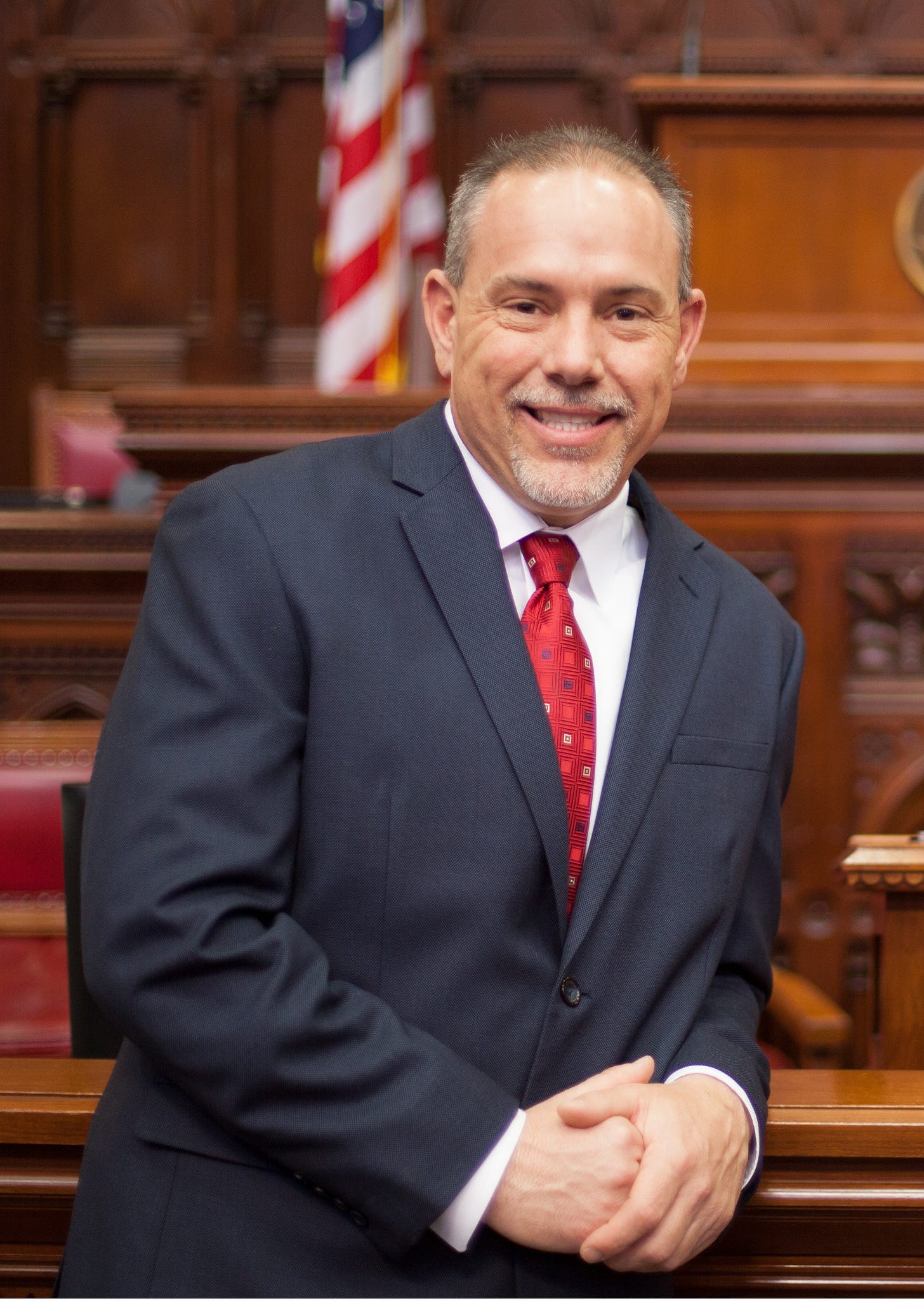
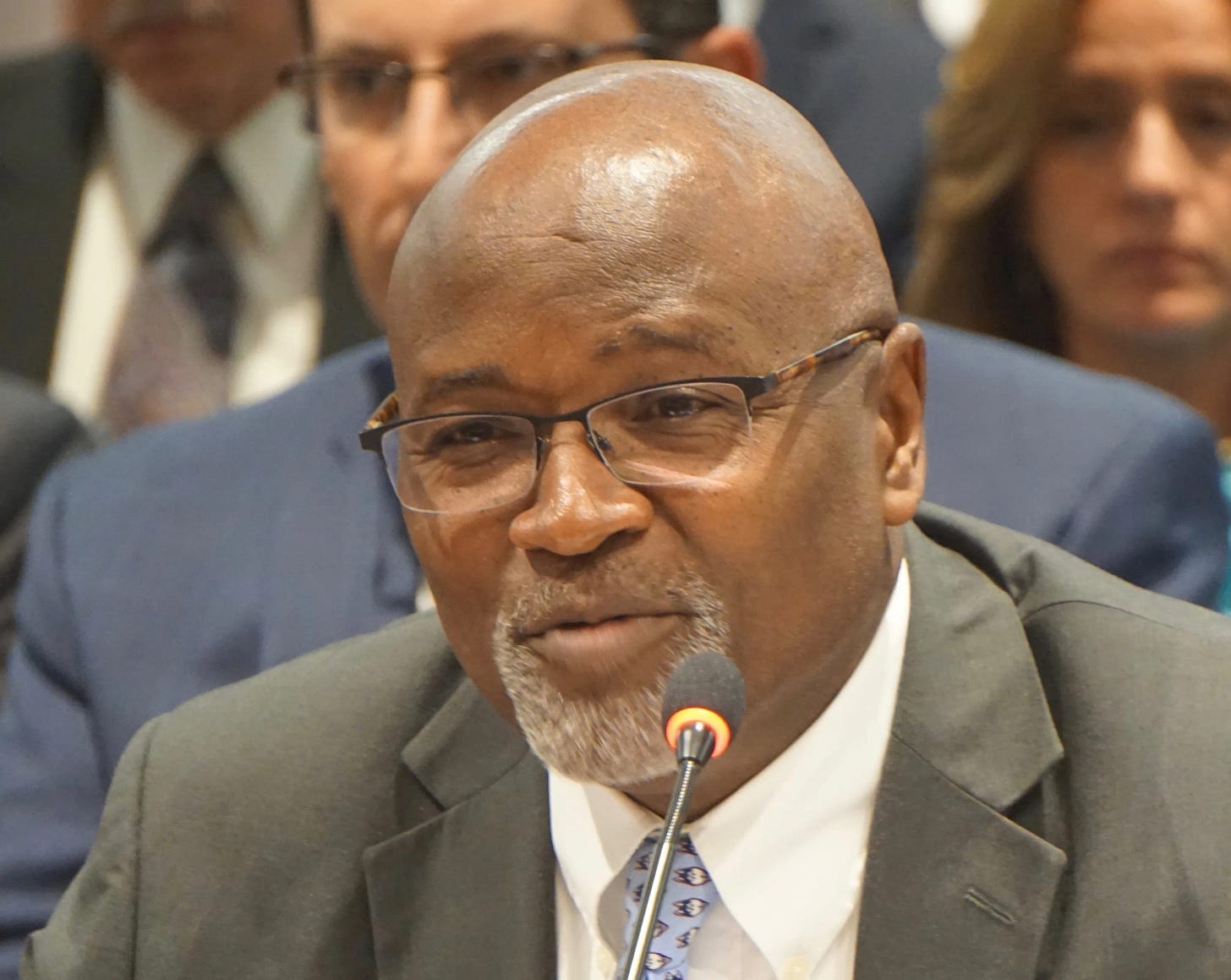

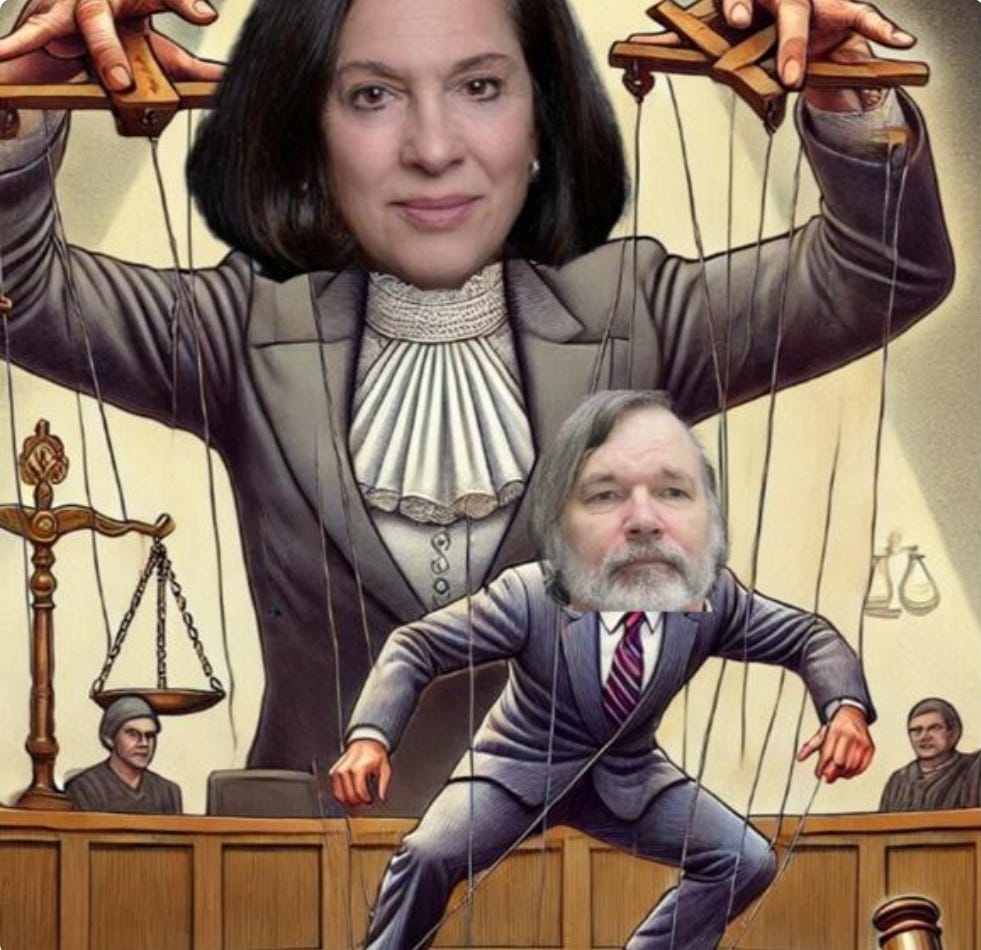



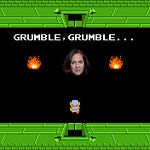

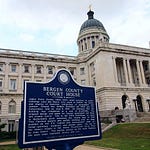
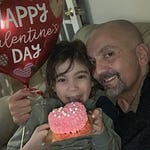



Share this post